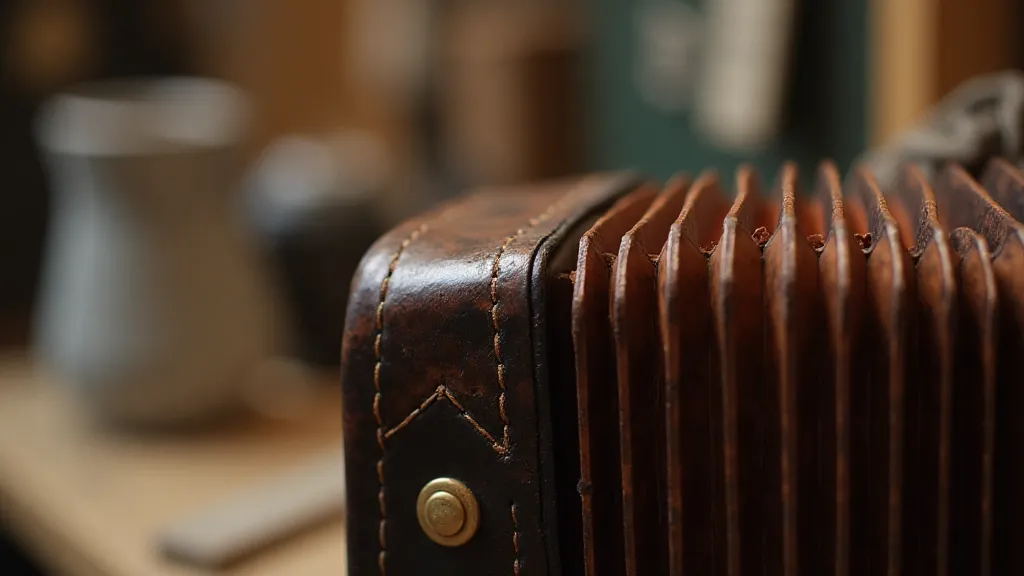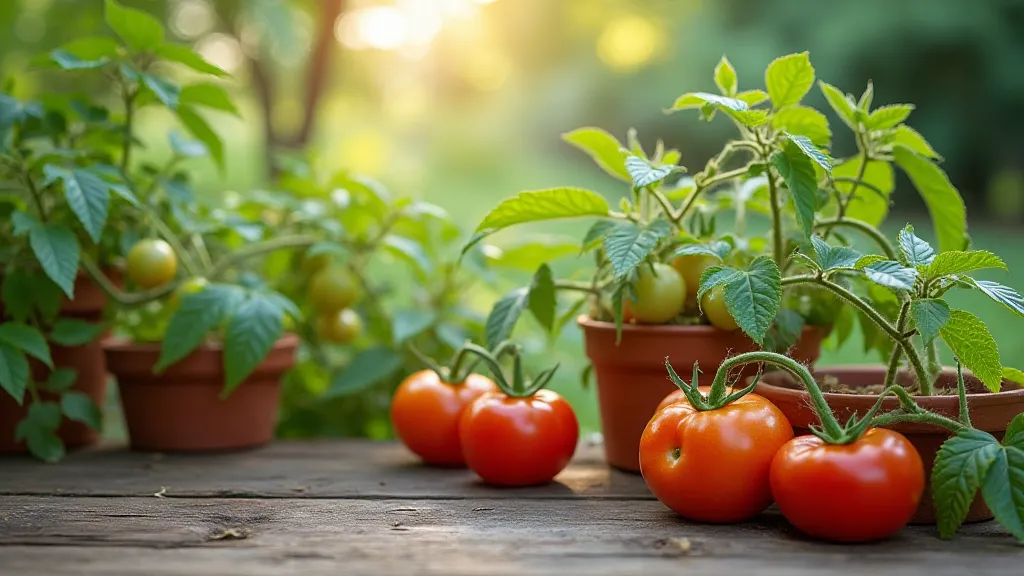The Cartographer's Palette: Mapping Your Tomato Variety Selection
There’s a quiet beauty in things meticulously crafted, a certain dignity in the patina of age. Think of an antique accordion, its bellows whispering stories of dance halls and traveling musicians, each key a testament to the craftsman's skill. The intricate mechanics, the warm wood, the promise of melody – it’s a miniature universe contained within a wooden frame. Selecting heirloom tomato varieties for container gardening feels remarkably similar. It's a process of discovery, a deliberate mapping of possibilities, an act of honoring tradition and appreciating the artistry of nature and human ingenuity.
Like restoring an old accordion – carefully cleaning its keys, replacing leather, preserving the original varnish – cultivating heirloom tomatoes requires understanding, patience, and a respect for their history. Many modern tomatoes have been bred for uniformity, shelf life, and disease resistance, often at the expense of flavor and character. Heirloom tomatoes, on the other hand, represent a living library of genetic diversity, passed down through generations, each variety carrying its own unique story and flavor profile.

Understanding the Landscape: Climate & Container Size
Before you begin your tomato mapping adventure, you need to understand your “terrain.” This means assessing your climate and the limitations of your container gardening space. Some heirloom varieties are remarkably resilient, thriving even in less-than-ideal conditions. Others are notoriously finicky, demanding specific temperature ranges and abundant sunshine. It's a bit like choosing a travel destination – would you pick a tropical rainforest or a high-altitude desert? Both have their charms, but you need to be prepared for the conditions.
Container size is equally crucial. Determinate tomato varieties are bush-like and reach a specific height, making them ideal for smaller containers. Indeterminate varieties, on the other hand, are vine-like and continue to grow, often requiring larger pots and staking or caging. A Brandywine tomato, for instance, a celebrated heirloom known for its rich, complex flavor, is an indeterminate variety that can easily reach six feet or more. Confining it to a tiny pot would be cruel and unproductive. A smaller container is perfect for a compact Roma or a patio tomato variety.
A Taste of History: Exploring Heirloom Varieties
Now for the truly delightful part: exploring the vast world of heirloom tomato varieties. Each variety boasts a unique history, often linked to a specific family, region, or historical event. The Cherokee Purple, for example, is said to have been brought to the Cherokee Nation by enslaved people, a poignant reminder of resilience and perseverance. The Green Zebra, with its striking green-striped skin and tangy flavor, evokes images of summer picnics and sun-drenched fields. The Mortgage Lifter, a legend in its own right, was supposedly developed in the 00s by a farmer in California who used the proceeds from its sales to pay off his mortgage.
Consider the flavor profile you’re seeking. Do you crave the intense sweetness of a Black Krim, or the smoky depth of a Paul Robeson? Are you looking for a juicy slicer for sandwiches, a small, bite-sized cherry tomato, or a paste tomato for sauces and canning? Each variety offers a unique gustatory experience, a miniature work of art on your plate.
Think about it like collecting antique accordions. You might be drawn to a particular brand, a specific period, or a unique feature. Perhaps you're captivated by the intricate scrollwork of a Hohner, or the robust construction of a Paolo Soprani. Each accordion tells a story, and each heirloom tomato offers a distinct flavor and texture.
Mapping Your Selection: A Visual Guide
Let’s create a simple "map" to help guide your heirloom tomato selection. This isn't a rigid system, but a framework for making informed choices.
Climate Zone: (Consider your average temperatures and growing season length.)
- Cool & Short Season: Consider early-maturing varieties like ‘Early Girl’ (though technically a hybrid, it's often a good starting point) or ‘Siberian’s Rose’.
- Warm & Long Season: You have more latitude! Explore larger, more complex varieties like ‘Brandywine’, ‘Cherokee Purple’, or ‘Paul Robeson’.
Container Size:
- Small (5-10 Gallons): ‘Roma’, ‘Patio’, ‘Sungold’ (cherry tomato), ‘Black Cherry’
- Medium (10-15 Gallons): ‘Brandywine’ (will require strong support), ‘Cherokee Purple’, ‘Green Zebra’
- Large (15+ Gallons): Larger indeterminate varieties, allowing for optimal root development.
Flavor Preference:
- Sweet & Juicy: ‘Brandywine’, ‘Mortgage Lifter’, ‘Black Krim’
- Tangy & Acidic: ‘Green Zebra’, ‘San Marzano’ (paste tomato)
- Smoky & Earthy: ‘Paul Robeson’
- Complex & Rich: ‘Cherokee Purple’
Beyond the Seed: Cultivation and Care
Choosing your heirloom tomato varieties is just the first step. Like restoring an old accordion, nurturing these plants requires attention to detail. They need well-draining soil, plenty of sunlight, and consistent watering. Proper staking or caging is essential for indeterminate varieties, providing support as they grow. Companion planting – growing herbs and flowers alongside your tomatoes – can help deter pests and improve flavor.
There’s a certain satisfaction in watching an heirloom tomato plant thrive, in witnessing the culmination of generations of careful selection and cultivation. It’s a connection to the past, a celebration of biodiversity, and a reminder of the simple pleasures of life. The first bite of a sun-ripened heirloom tomato – bursting with flavor and history – is a reward in itself.

And just as an accordion’s melodies resonate with the echoes of generations past, the flavor of an heirloom tomato carries a taste of history, a testament to the enduring power of nature and the ingenuity of humankind. The cartographer's palette is open; begin your mapping adventure today.





